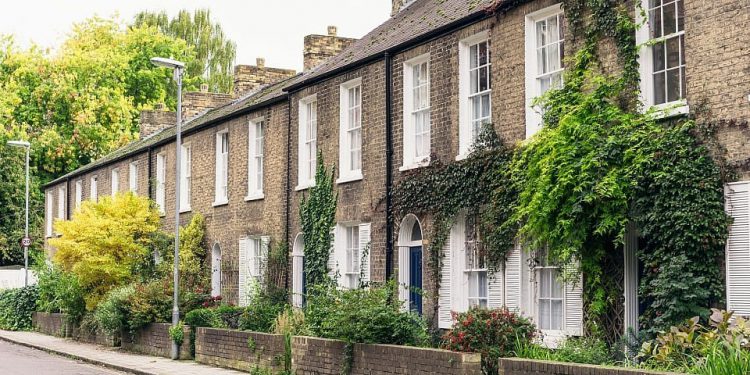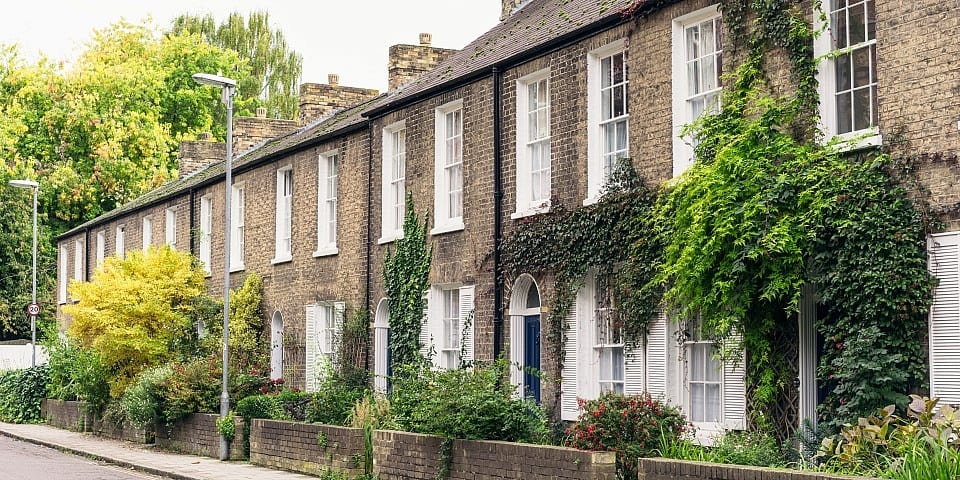Stamp duty holiday extended in England, Northern Ireland and Wales


The current stamp duty holiday has been extended in England, Northern Ireland and Wales.
The tax break, which was introduced in July last year, has brought a flurry of activity towards the property market, with home movers buoyed by the prospect of saving up to lb15,000.
This rise in demand has led to significant delays to the real estate process, and the Chancellor has moved to extend the relief for extended to prevent hundreds of thousands of moves falling through.
Stamp duty cut extended
In his Budget speech, the Chancellor announced that the stamp duty holiday in England and Northern Ireland is going to be extended past the original deadline of 31 March.
The current lb500,000 nil-rate band in England and Northern Ireland will apply until 30 June. Between 1 July and 30 September, it will be reduced to lb250,000, after which from 1 October, the prior threshold of lb125,000 for home movers will be reinstated.
In practice, which means that people buying before 1 June will be able to save up to lb15,000, while those buying between 1 July and 30 September can conserve to lb2,500 in tax.
Update on 4 March 2021: The Welsh government has announced that its land transaction tax (LTT) holiday is going to be extended until 30 June 2021. Unlike England and Northern Ireland, there’ll be no transitional period after the tax break.
The Scottish government has established that its land and buildings transaction tax cut can finish on 31 March 2021 as originally planned.
Listen: our experts discuss your budget around the Which? Money Podcast.
Stamp duty holiday: how does it work?
The stamp duty holiday was brought to encourage people to move home after the first COVID-19 lockdown this past year.
Stamp duty is a tax you pay whenever you purchase a property, and it’s charged as a number of the value.
Last July, the government gone to live in temporarily increase the threshold where stamp duty arrives, to lb500,000 in England and Northern Ireland and lb250,000 in Scotland and Wales.
For some buyers, it has meant substantial savings. The largest cuts take presctiption offer to people spending lb500,000 or more, who can save the maximum lb15,000 in tax.
How has got the stamp duty cut affected the marketplace?
There’s no doubt that the stamp duty cut has led to greater demand and better house prices.
Provisional figures from HM Revenue & Customs reveal that 129,400 transactions went through in the UK in December – when compared with 87,040 in 2021 and 83,880 in 2021.
Meanwhile, data from Rightmove shows that the average number of days it popularized sell a house fell to just 49 in November, when compared with 67 last year.
When it comes to house prices, figures in the Land Registry showed an 8.5% year-on-year rise in December.
The property portal Zoopla says that at least 740,000 buyers may have taken advantage of the stamp duty cut when it ends.
It says 600,000 clients who agreed an order from May 2021 onwards won’t have to pay any stamp duty – saving an average of lb4,660 – while an additional 140,000 buyers purchasing homes for lb500,000 or even more will save the utmost of lb15,000.
This article was first published on 8 November 2021. It's since been updated to reflect the most recent news around the stamp duty holiday. The most recent update was on 4 March 2021.






